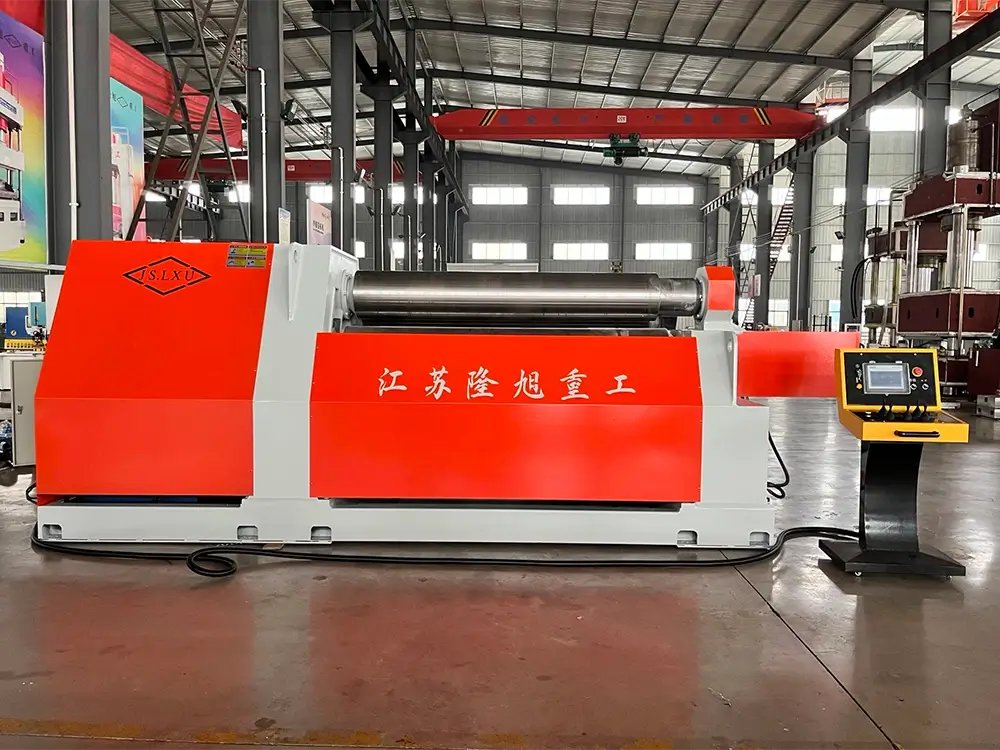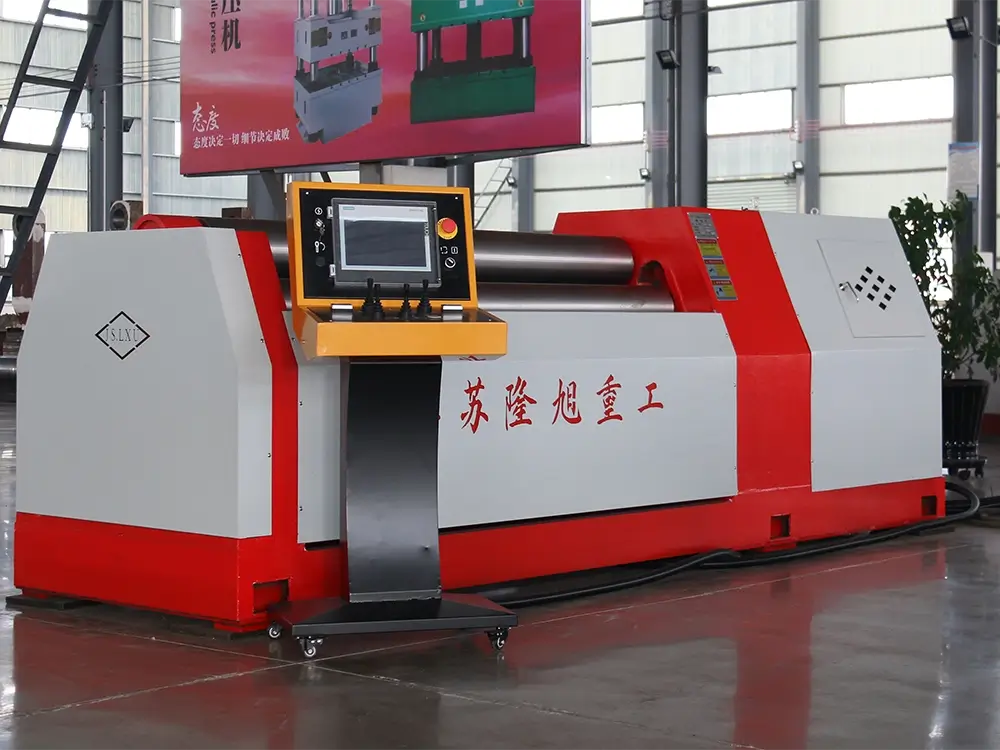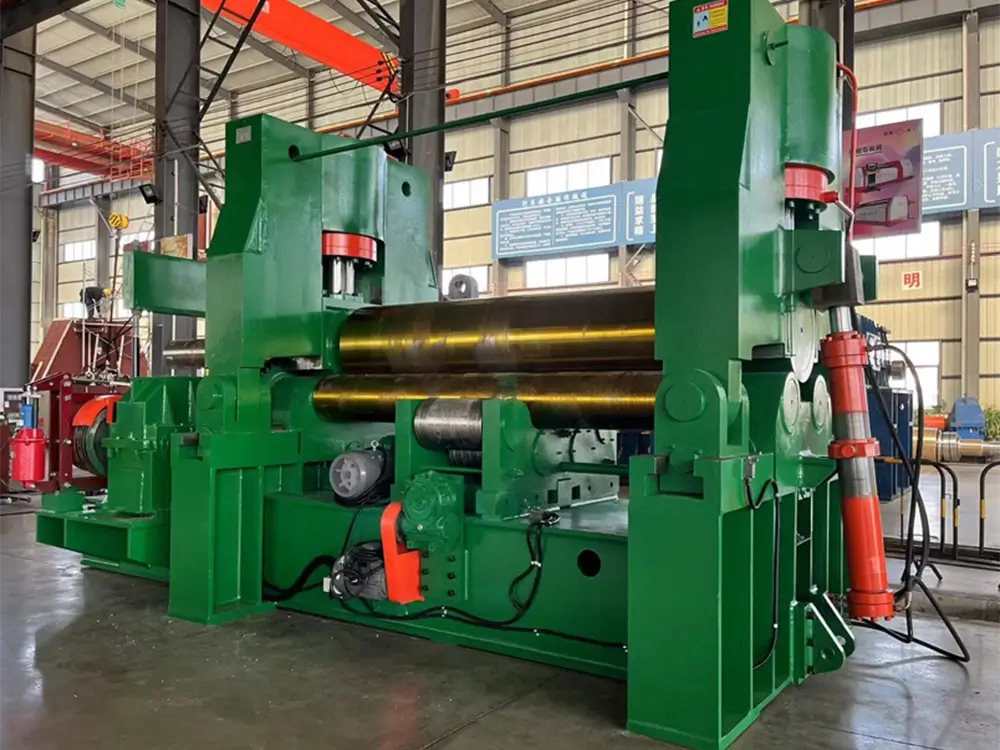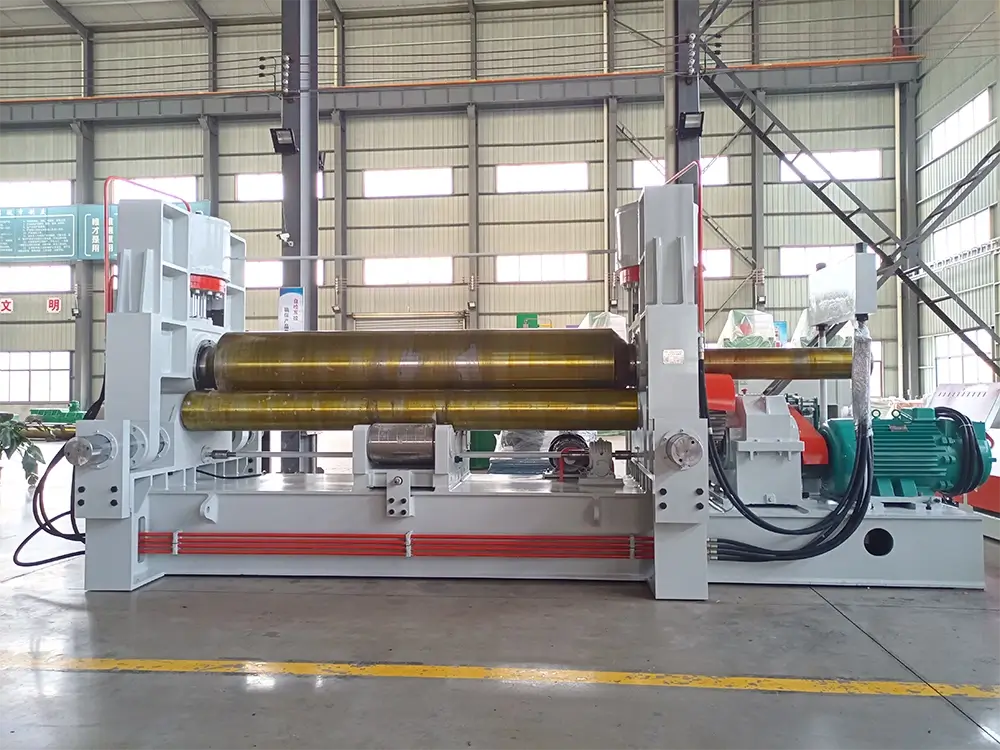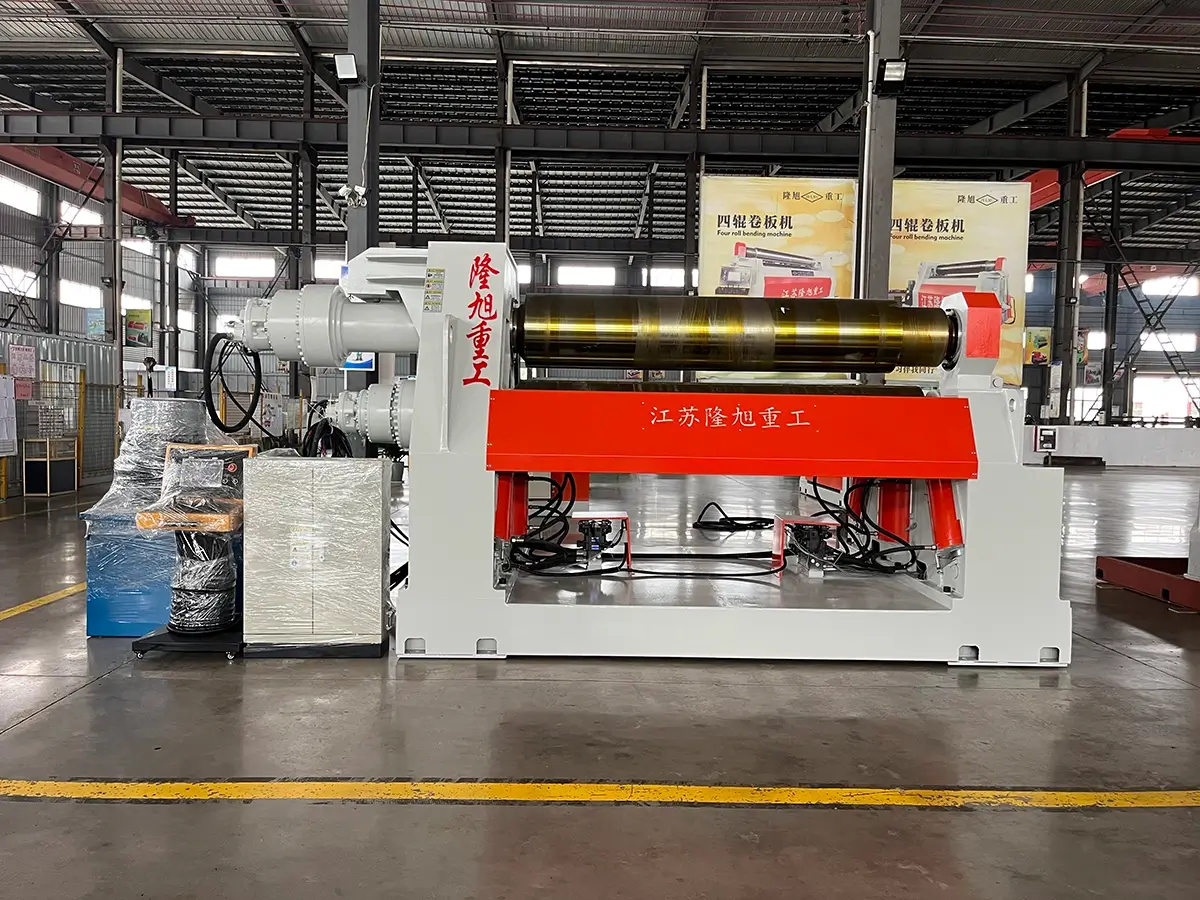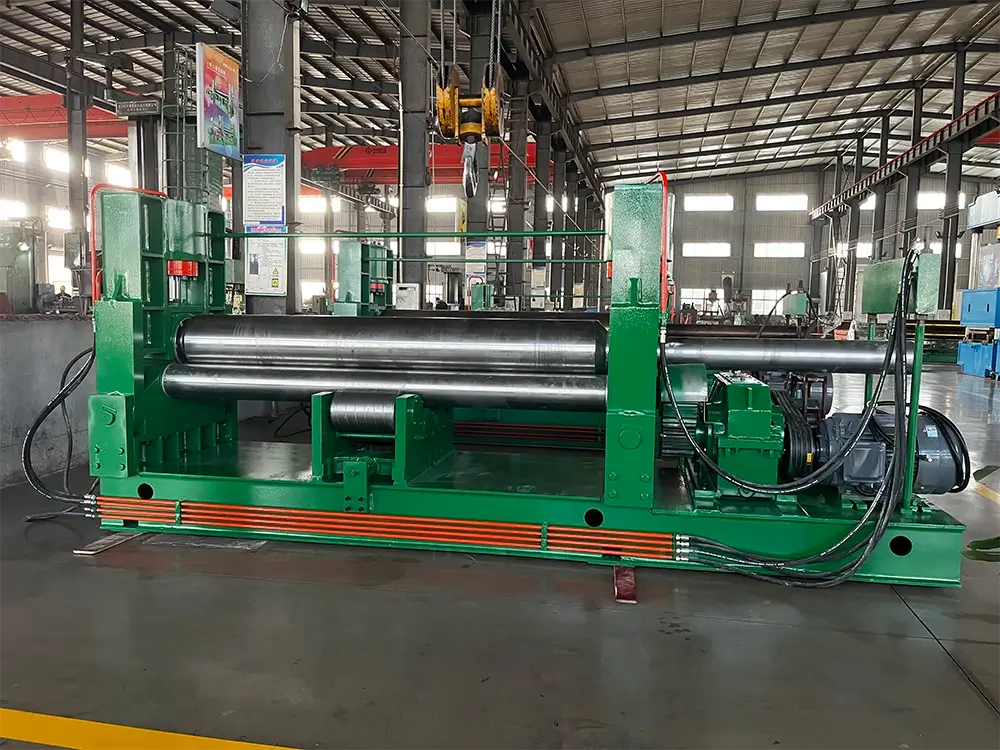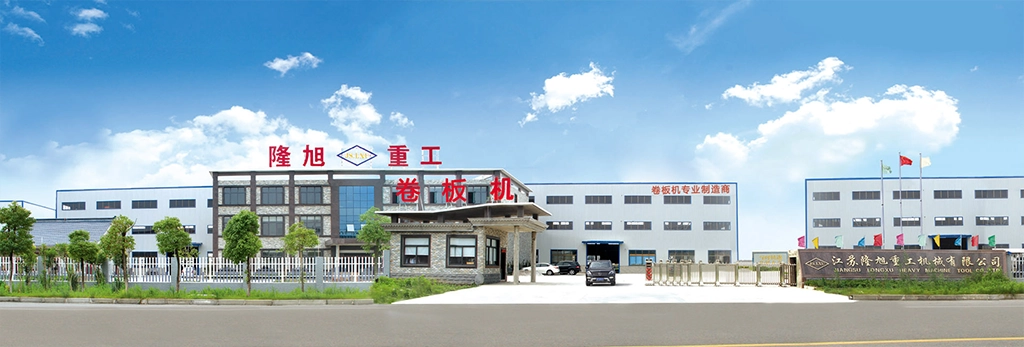Crawling of hydraulic press poses great hazards, damaging the working surface quality (roughness) and machining accuracy of hydraulic equipment, reducing the service life of hydraulic machine tools and cutting tools, and even producing waste and accidents. Therefore, it must be eliminated.
The executing components of hydraulic press equipment (hydraulic cylinders or hydraulic motors) often require very low speeds, such as moving a few millimeters per minute or even less than 1mm or rotating a few revolutions per minute. At this point, there is often a noticeable unevenness in speed, with intermittent movements and stops, one fast and one slow, and one jump and one stop. This phenomenon in hydraulic presses becomes crawling, which is a problem of low-speed stability. The minimum speed at which crawling does not occur is called the critical speed for motion stability.
The fault phenomena of crawling are different: regular crawling, irregular crawling; Some crawls irregularly and with large amplitudes; Some crawls occur at extremely low speeds. The crawling that produces these different phenomena has different causes and focuses: some are mainly due to mechanical reasons, some are mainly due to hydraulic reasons, some are mainly due to air entering the oil, and some are mainly due to poor lubrication. The maintenance and operation of hydraulic equipment in hydraulic presses require maintenance personnel to constantly summarize and quickly identify the causes of crawling and eliminate them. To solve the crawling problem of hydraulic press, we should start from the following aspects. Focus on addressing the friction state of moving parts and the balance of machine motion: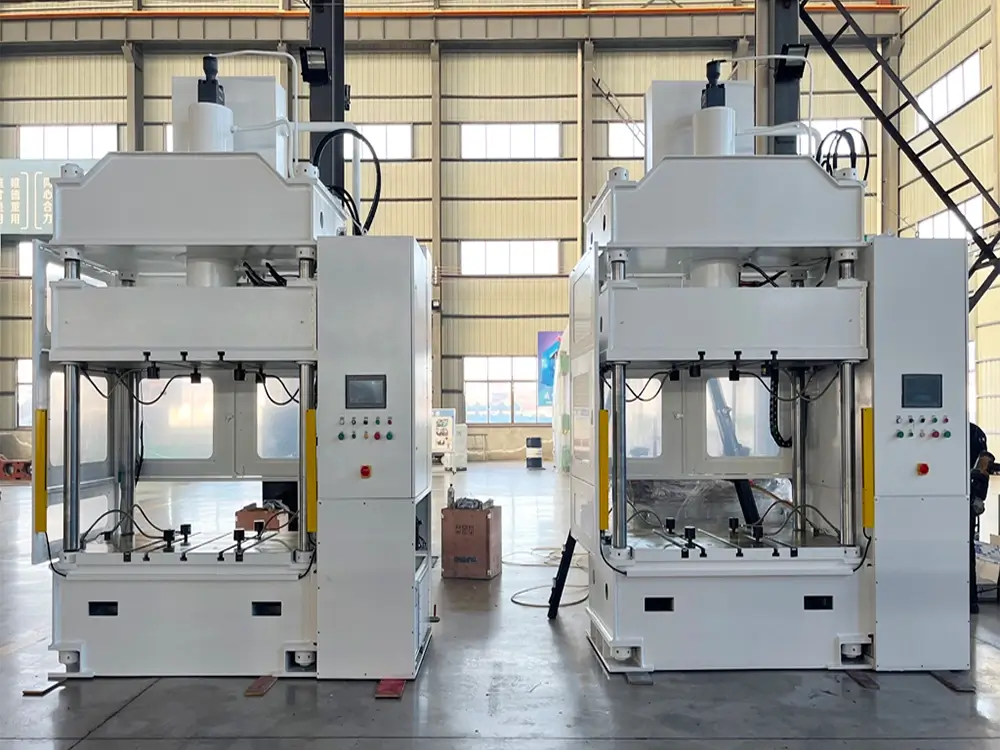
1) The precision of the guide rail is poor, and the guide rail surface (V-shaped, flat guide rail) is severely twisted.
2) There are rust spots on the guide rail surface.
3) The embedded strip of the guide rail pressing plate is adjusted too tightly, resulting in a significant difference in the dynamic and static friction coefficients of the guide rail auxiliary materials.
4) Poor scraping and grinding of the guide rail, insufficient points, and uneven points.
5) The oil groove on the guide rail is not good, the depth is too shallow, it has been worn off during operation, the oil groove is uneven, and the length of the oil groove is too short.
6) The hydraulic equipment of the new hydraulic press has not run in the guide rail.
7) The axis of the hydraulic cylinder on the hydraulic press is not parallel to the guide rail.
8) The arresting section in the cylinder body hole of the hydraulic press is corroded (partially crawling) and pulled.
9) The hydraulic cylinder holes, piston rods, and piston accuracy on hydraulic presses are poor
10) The hydraulic cylinder and installation accuracy on the hydraulic press are poor, and the coaxiality of the piston, piston rod, cylinder body hole, and cylinder head hole is poor.
11) The hydraulic cylinder piston or cylinder head seal is too tight, blocked or too loose.
12) Long downtime and moisture in the oil (especially in the grinder coolant) have caused some parts to rust.
13) The static pressure guide rail throttle is blocked, causing the guide rail to lose oil.
 English
English  Português
Português  Русский
Русский  Español
Español  Français
Français  عربي
عربي  Tiếng Việt
Tiếng Việt  हिन्दी
हिन्दी  Indonesia
Indonesia  Türkçe
Türkçe 
